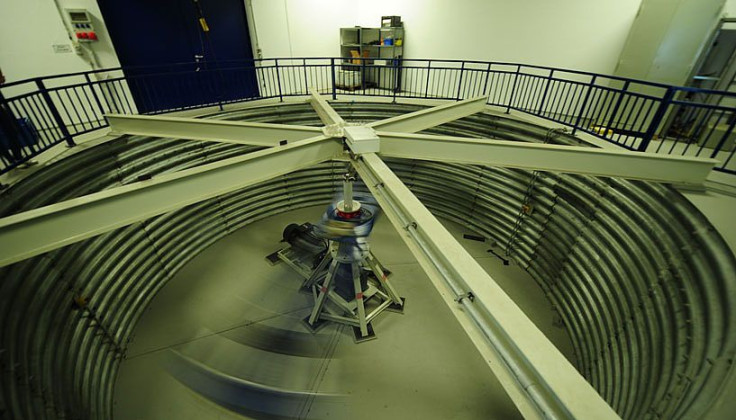Quantum Entanglement Persists Even Under High Accelerations, Experiments Reveal

Quantum entanglement is just one of the many weird things that pop up when you try to understand the laws governing the world of subatomic particles. The phenomenon of entanglement — wherein two particles can be separated by billions of light-years and yet be instantly affected by changes to the quantum state of one another — seems so outlandish that even Albert Einstein (the essence of intelligence anthropomorphized) had trouble wrapping his head around the concept.
Despite Einstein’s reservations, though, quantum entanglement has been empirically observed several times over the past few decades. The “spooky action at a distance” — as the famed physicist once derisively called it — is very real.
Read: Schrödinger’s Cat Is Now Dead And Alive In Two Boxes
In a series of experiments — described in a study published Wednesday in the journal Nature Communications — a team of researchers has now shown that quantum entanglement persists even at high accelerations. The experiments not only help scientists deepen their understanding of quantum mechanics, they also help them take a step toward the holy grail of particle physics — the unification of quantum mechanics and relativity.
In their experiments, the researchers subjected pairs of entangled photons to accelerations of up to 30g (or 30 times the acceleration due to gravity a free-falling object experiences on Earth) in centrifuges.
“Detectors mounted on the crate monitored the photons' entanglement during the experiments. Analysing the data, the physicists could calculate an upper bound of disadvantageous effects of acceleration on entanglement,” the University of Vienna explained in a statement. “The data showed that entanglement quality did not significantly exceed the expected contribution of background noise.”
Not only do the experiments prove that the phenomenon of entanglement is strong enough to persist even in experiments that may one day be carried out on a satellite or an accelerated spacecraft, they also suggests quantum mechanical entanglement of photon pairs can be tested while the particles undergo relativistic acceleration — conditions under which attempts to unify quantum mechanics and relativity into an overarching “theory of everything” can be made.
Currently, the universe we live in obeys two seemingly incompatible laws — quantum mechanics, which governs the behavior of subatomic particles; and relativity, which describes how clumps of atoms, such as humans, stars and galaxies, behave. Formulating an all-encompassing theory of everything, one that resolves the apparent contradictions between quantum mechanics and relativity has, for the longest time, been the main goal of particle physicists.
This, however, is easier said than done. The seemingly insurmountable problem is that gravity, which is a product of massive objects warping space-time — as explained by Einstein’s theory of general relativity — does not follow the laws of quantum physics.
“As long as these descriptions of nature remain confined to their own scope of application, they cannot contribute to a unified theory that captures physics at the boundary between these specialized regimes,” the researchers wrote in the study. “ Our experimental platform represents a testbed that can readily be upgraded for measurements with higher precision, by using a ultra-bright source of entangled photons, and higher-dimensional degrees of freedom, such as energy-time entanglement.”
© Copyright IBTimes 2024. All rights reserved.






















